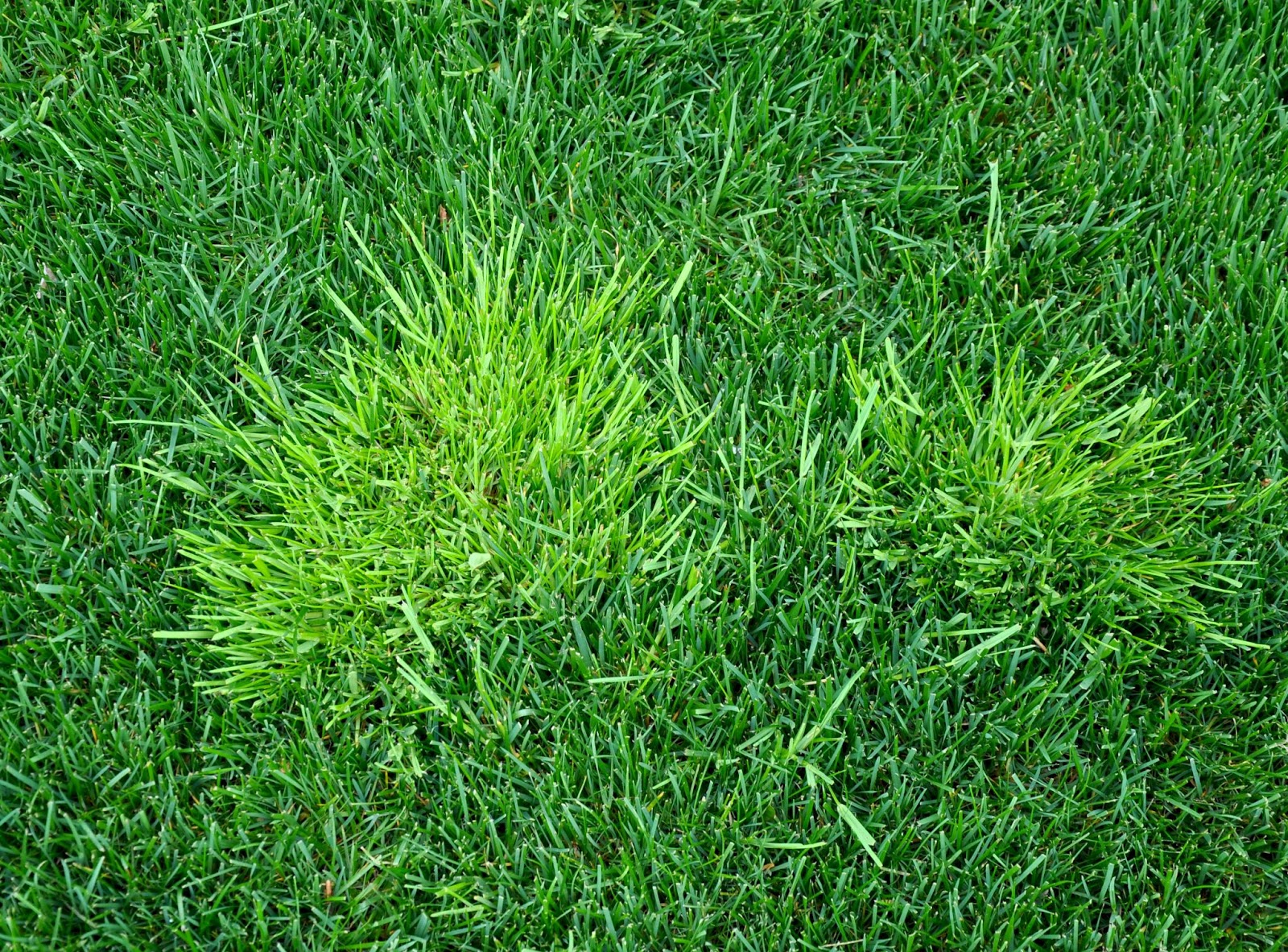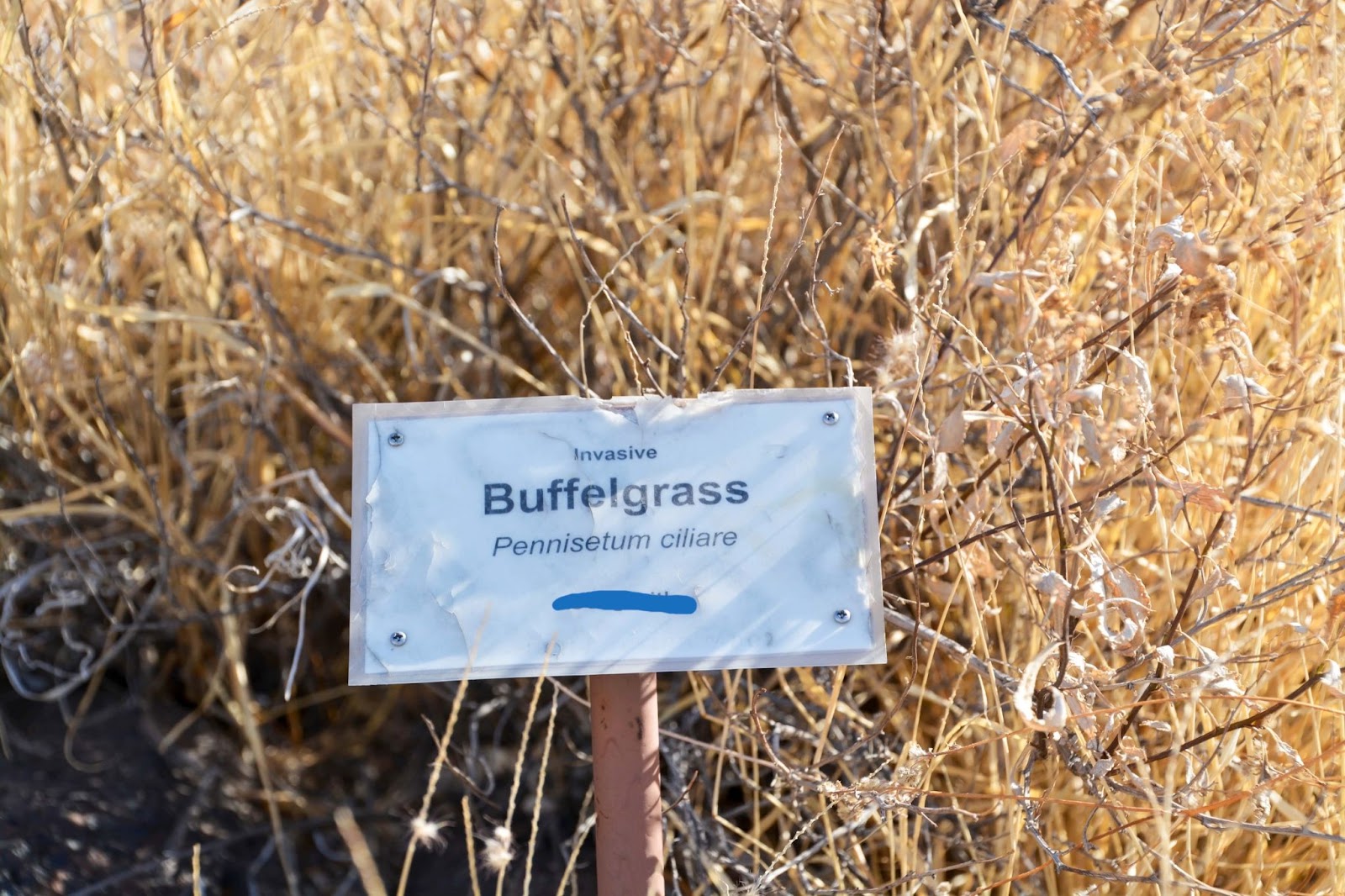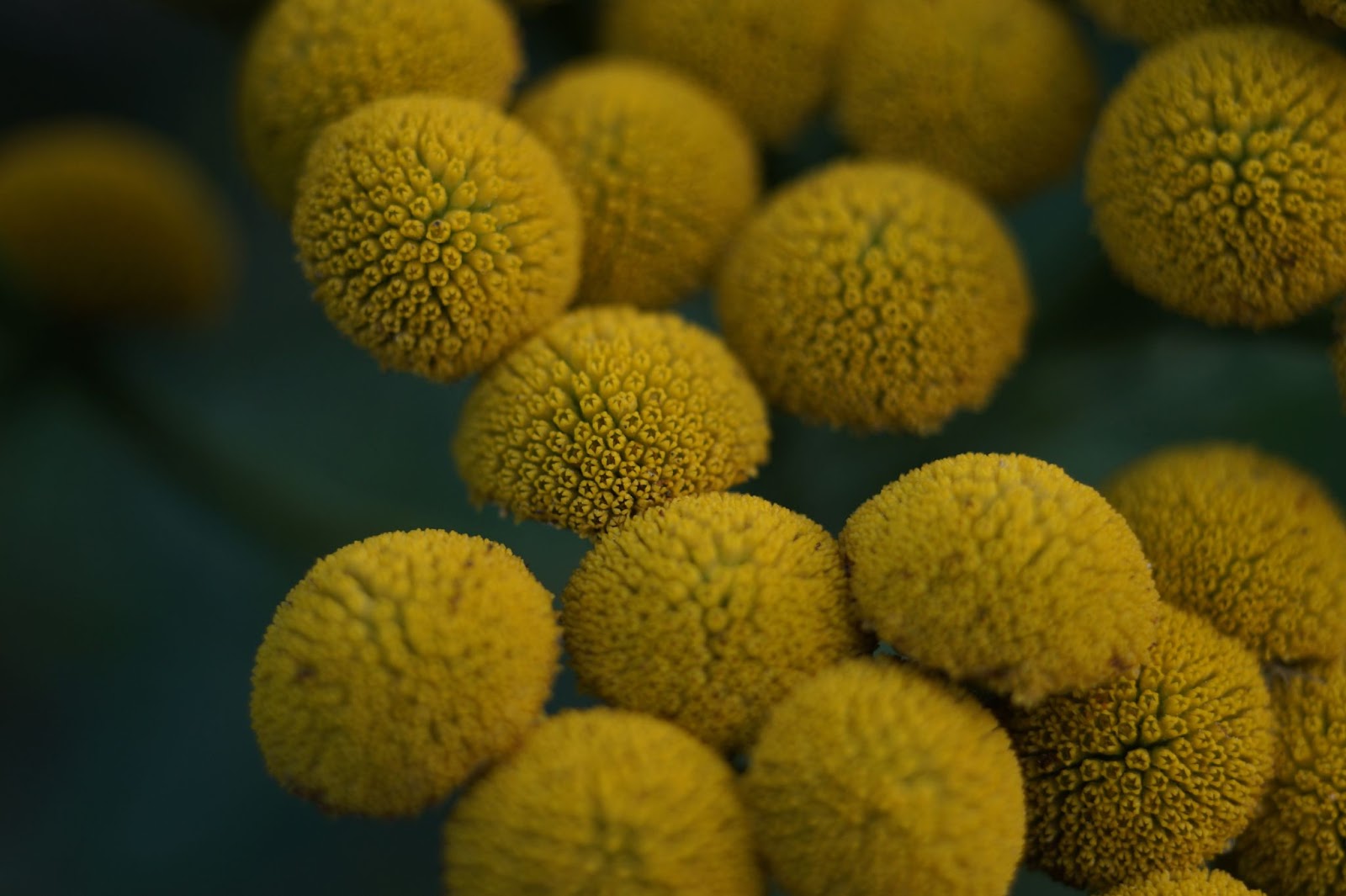What Winter Weeds Should You Look Out For?
Winter weeds are the bane of any gardener’s or lawn owner’s existence. They steal much-needed nutrients from your plants and grass, killing your garden and leaving your lawn full of brown spots. The worst thing about them is that it can be difficult to spot them until they’ve already started growing. So if you haven’t added any weed killers to your lawn, you have to learn how to spot them before they’re fully grown.
If the winter weeds reach maturity, they have likely killed some plants in your garden or grass on your lawn to do so. Read about which weeds grow in the winter to protect what’s left of your lawn.
WINTER WEEDS TO LOOK OUT FOR
These winter weeds grow from December through March, thriving in the coldest climates of the year. You might think the winter is the safest time for plants, but you’d be wrong. The winter doesn’t kill weeds, it just brings in new ones.
ANNUAL MEADOW GRASS

This wide-spread winter weed grows in low turfgrass in temperate climates. It doesn’t normally grow in the winter weather of other states, but the warmer than average winters of Arizona are perfect for it.
Also known as poa annua, or simply poa, it is one of the most common weed grasses in the world. This has led to it being one of the most recognizable. It’s coarse, with wide leaves, and a lighter green texture than the rest of your lawn.
The worst thing about this winter weed is how fast and far it spreads compared to most being that it’s a weed grass. To prevent it, mow your lawn regularly, but in different directions. Mowing the same way every time can allow the weed grass to hide seeds under the regular grass around it. If you failed to prevent it from growing, we have some tools to fix it that we’ll detail in a moment.
BUFFELGRASS

Originally, in an attempt to add another grass to the environment, this African plant takes over. It uses up water, nutrients, and sunlight, for plants native to the U.S. It has spread across the country and has been an agricultural epidemic for decades.
When you see one, you should kill it because it can grow into a thick clump. Each clump produces seeds that number in the thousands. This not only explains why it’s so dangerous to our local ecosystems but to our lives.
When set on fire, the buffelgrass burns at over 1600℉. That can melt most metals and it’s infecting lawns and the deserts around us. This is a weed where if you see it growing, you have to rip it out of the ground at the root. Sadly, this can destroy a lot of plants around you, but it’s for your own safety and the environment. Luckily, you can always bring a lawn back with help.
STINKNET

Like buffelgrass, stinknet, also known as globe chamomile, comes from Africa. It grows in the U.S. now as soon as it gets a bit colder. It starts in November and flowers in February through May. This is the worst kind of winter weed because it infects your lawn for the long haul.
Like the worst of weeds, it’ll displace the plants and grass in your lawn, cause dermal and respiratory allergic reactions in people who didn’t know they were allergic, and is highly flammable. It doesn’t burn as hot as Buffelgrass, but it is caustic, making it painful when on fire in another way.
This irredeemable weed can be killed with herbicide, but to prevent further growth, it has to be pulled from the root.
WHAT TOOLS HELP YOU FIGHT THESE WINTER WEEDS?
Annual meadow grass can be removed with rakes. We offer several kinds of rakes that should work for your garden or lawn. Weed grass is harder to pull out in an appropriate amount of time. We recommend the shrub rake for a lawn and a long reach hand rake for a garden.
For buffelgrass and stinknet, you need to rip them out of the ground, which can lead to you damaging and killing the other plants and grass in your gardens and lawn. The best way to treat them is to replace the topsoil or even add fill-in dirt so you can help healthy grass regrow. You want to treat the ground with herbicide first so you don’t end up growing more weeds, but these kinds of weeds are the kinds you need to get rid of as soon as you see them.
CONTACT PIONEER LANDSCAPING CENTERS FOR HELP AGAINST WEEDS
There’s no time of the year where you completely avoid the risk of weeds, not even in the winter. If you find any weeds in your lawn, contact your local Pioneer Landscaping Center for a representative. We can help you find the tools that can help you or the materials that can help with lawn repair after you get rid of your weeds. We’re always available to help.
